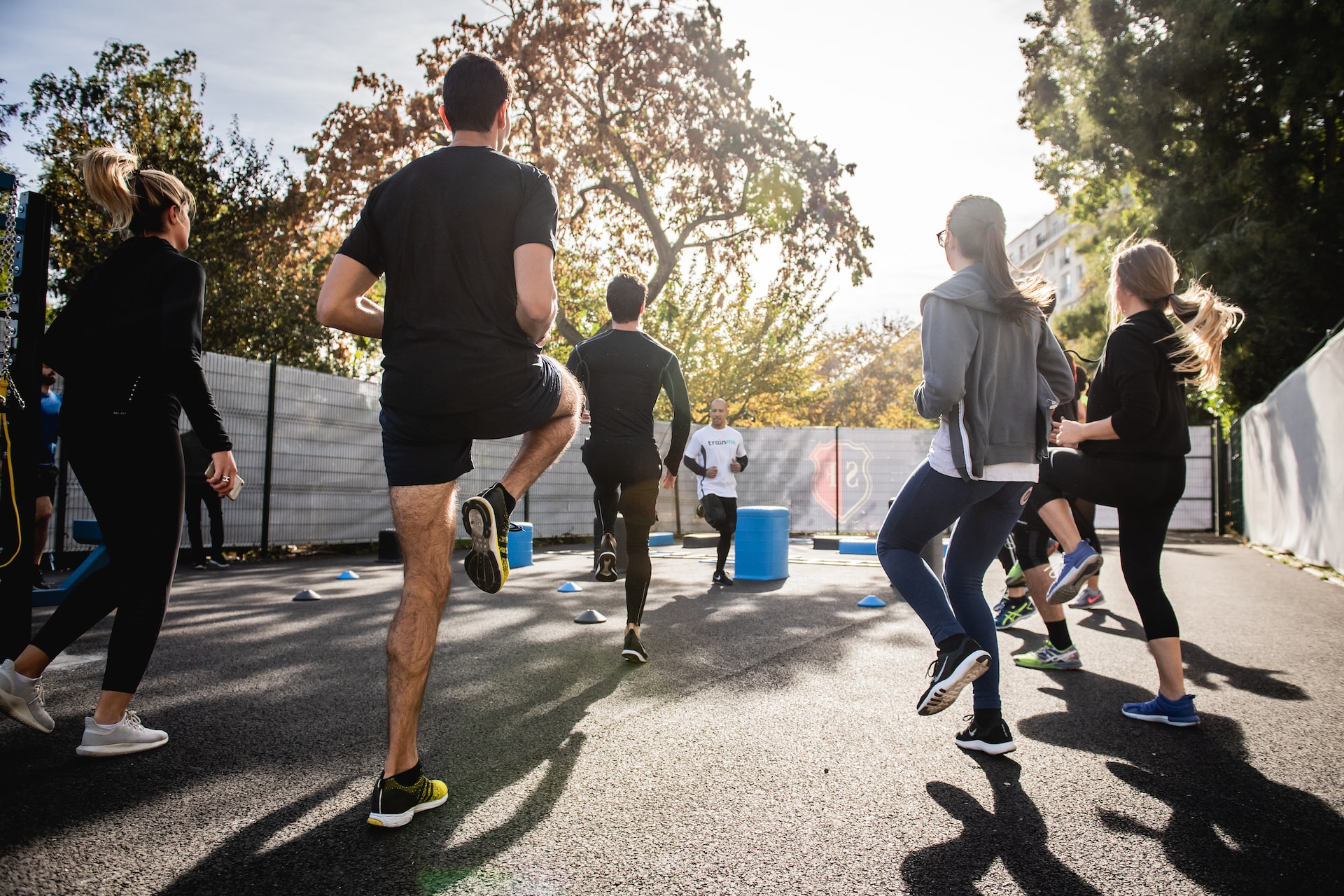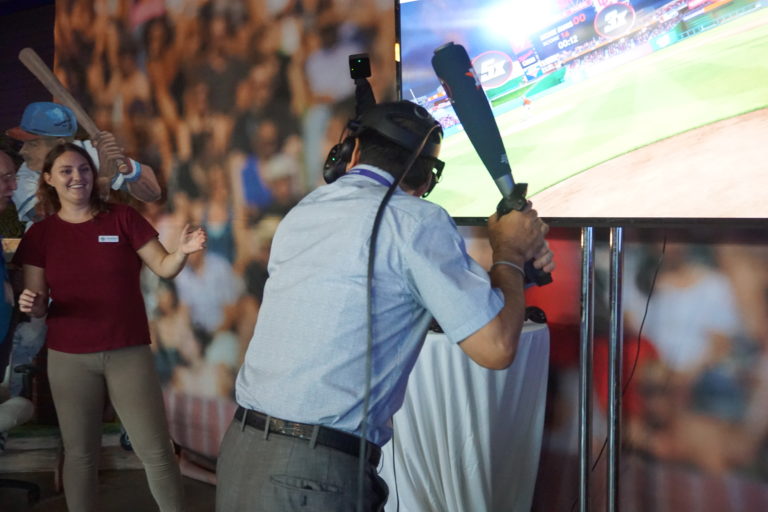Organizing a sporting event is a huge challenge. At the height of the greatest sporting milestones such as finishing an ultramarathon, an ultra adventure raid, or an ultra-distance test.
Many factors must be taken into account that can be decisive in trying to offer the best experience to participants. They have dedicated all their energy to training. They are mentally prepared to face a tough test and will have to focus solely on optimizing their effort. Without having to worry about anything else during the race.

1- Location How to choose your race route
First of all, you have to take into account the location. Where your sporting event is going to take place.
This aspect is closely linked to the sporting modality of your event. A mountain trail, a triathlon, an adventure raid, or a swimming trip are not the same.
The orography and terrain play a decisive role in each sporting event. The location chosen must be ideal to adapt to the characteristics and particularities of both the sport and the race.
The next step is to design the route layout. Mileage, waypoints, and estimated minimum and maximum duration are aspects to take into account when planning and organizing a sporting event.
The area and the towns through which the circuit or the route prepared in advance will run are key. You should identify those points that may be the most conflictive given their geographical complexity. You also have to determine if it is a shadow area in terms of communications.
2- How many participants?
When organizing a long-distance sporting event you must include a maximum number of participants. You are probably tempted to raise this number to infinity to improve economic performance. However, you have to keep your feet on the ground.
Ultra-distance and long-distance races are very tough and demanding tests in which not everyone is prepared to run.
The more participants your race has, the greater the demands will be in terms of organizational issues, insurance, and initial financial outlay.
It will also be necessary to hire more staff and develop greater security measures so that participants are better served.
3- How to choose the best date to organize a sporting event
Normally, for outdoor events, you have to choose a season in which the weather conditions are the most beneficial for the participants.
On many occasions, the tests last several days. And especially in mountain races, the weather can vary greatly between the base of a mountain and its summit. You have to try to find a balance in temperature between hot and cold.
Normally the spring and autumn months are usually the most suitable for organizing a long-distance sporting event.
Another aspect to keep in mind is to choose a day that does not coincide with another sporting event with similar characteristics. Or even a local event that may make it difficult for more participants and the public to attend. Especially if your event is a first edition and you want it to stand out and have an impact on organizing future editions with more participants.
You also have to keep in mind that you must leave enough time to organize it. Obtaining proper permits from authorities often takes several weeks, even months.
4- Permits, licenses, and insurance to take into account
This procedure can cause serious headaches since the bureaucracy can become excessive and greatly lengthen the preparation times for your event.
If the race is going to run through open-air terrain, we must take into account whether we need to close any section to traffic or if it is going to run through a protected natural area. Permission will also have to be requested to set up posters, information stands, or distribution of materials, supplies, etc.
An essential aspect is to have the collaboration of local authorities in matters of security, civil protection personnel, ambulances, doctors, etc.
In addition to this, it is advisable to have civil liability insurance as a preventive measure.
5- Hunting for sponsors
This is an essential part of your event. Once you have an initial plan drawn up with an estimated budget, it’s time to present it to potential sponsors.
In this phase, you have to try to convince them. Tell them why they are the ideal sponsors for the event, and what your career goals and values are.
It is interesting to provide data on the number of participants, in which media the test will be disseminated (TV, social networks, YouTube…). What media impact is expected (local media, national media, newspapers, offline and online magazines)? And also if a professional runner participates.
It will also be necessary to define what visibility the sponsors will have during the event (logos on posters, flags, t-shirts, inclusion in the name of the race itself, banners on social networks, and the internet).
Here we mention the different types of most important sponsorships that you can find:
- Direct financial sponsorship: It is the most common. This is direct financial support in exchange for placing the sponsor’s image or logo in a prominent place. Whether in the event itself (signage, finish line and start, banners, sports equipment) or in the media (press posters, web banners, social networks, and digital publications).
- Sponsorship of products or services: Instead of making a financial outlay, a company offers its services or products such as food, drinks, and sports equipment, in exchange for visibility.
- Media sponsorship: On occasion, media outlets may offer their broadcast services in exchange for being mentioned in connection with the event.
The essential question is knowing how to convey to them how they can obtain a benefit from this sponsorship and how it can give them a boost when it comes to seeing the visibility of their brand increase. At the end of the day, the goal is for both of you to benefit.
6- Organization of resources materials and personnel
In many cases, it will be necessary to hire extra support staff for your event or look for collaborators. Referees, judges, photographers, assistants, structure and tent erectors… These are just some examples of the people necessary for your event to flow normally and for participants to only worry about the race.
You will also have to take into account the necessary material resources: sports equipment, solid and liquid supplies, necessary maps, signage, trophies, goal banners, beacons, and protective materials (Covid-19) such as face masks, disinfectant gels, etc.
This entire process must fit your budget, but it should be taken into account to estimate your time to better organize your long-distance sporting event.
7- Managing registrations, a real challenge
The way you manage your registrations is essential to be able to organize your sporting event and not go crazy.
First of all, you have to decide if you opt for an online or offline modality. In the offline mode, you can offer a registration form and an account number where you can deposit the amount of the race. However, we understand that it is easier to do it online since the process is more automated and you can direct the effort to other needs.
Within this modality, you can choose to place a section on your website, with everything that this implies: creation of said website, domain, record management payment gateway confirmation, assignment of numbers etc. Or if you are going to decide to use third-party tools. This option may be easier since you delegate efforts in the development and implementation of technology and payment gateways.




